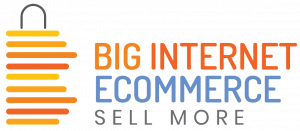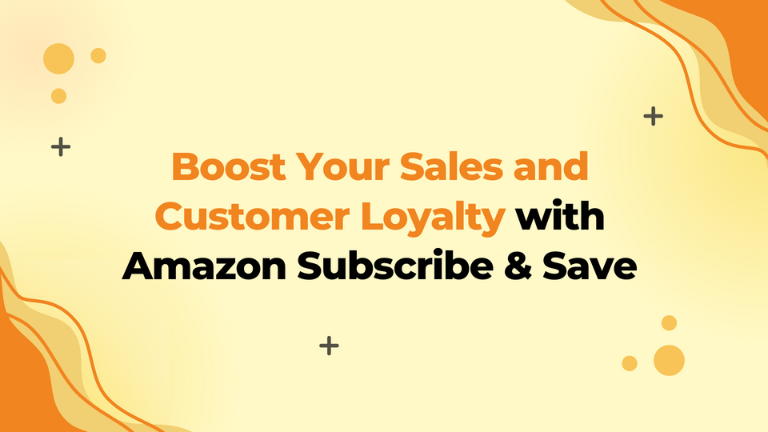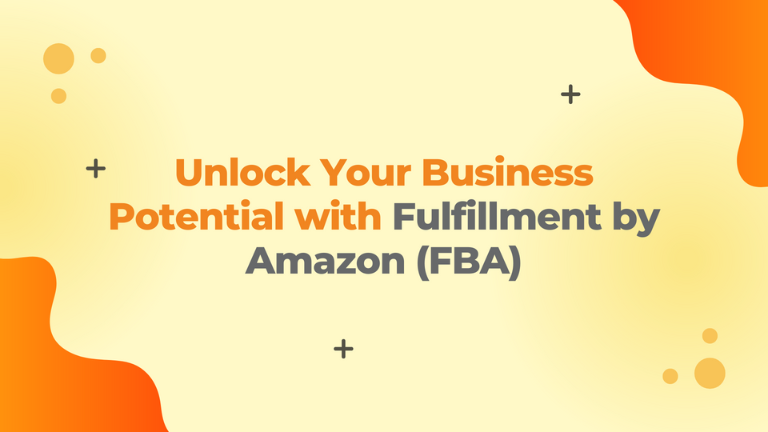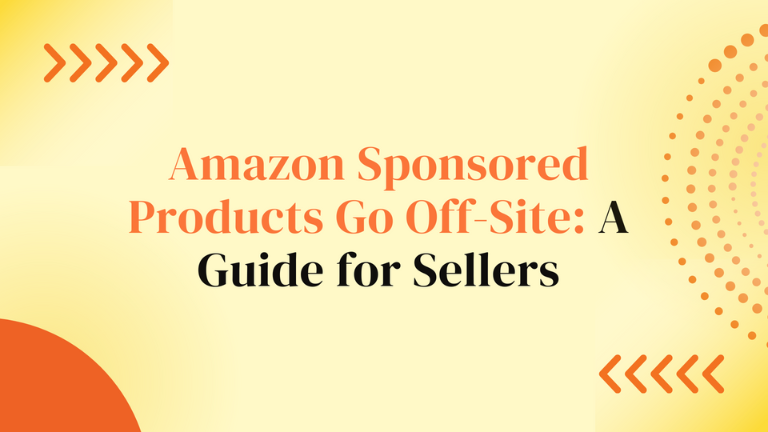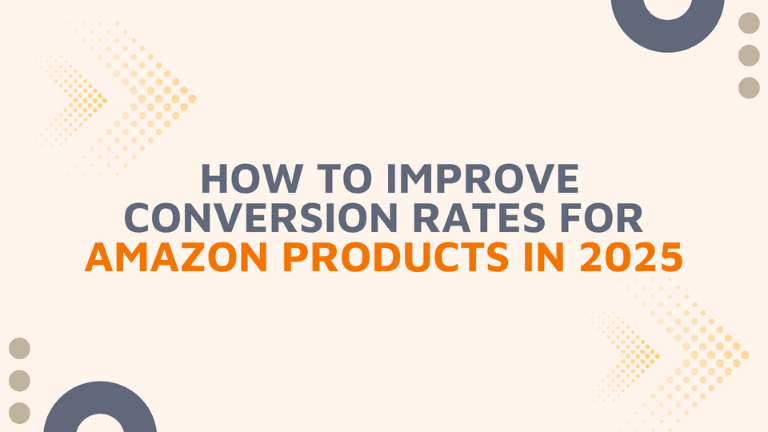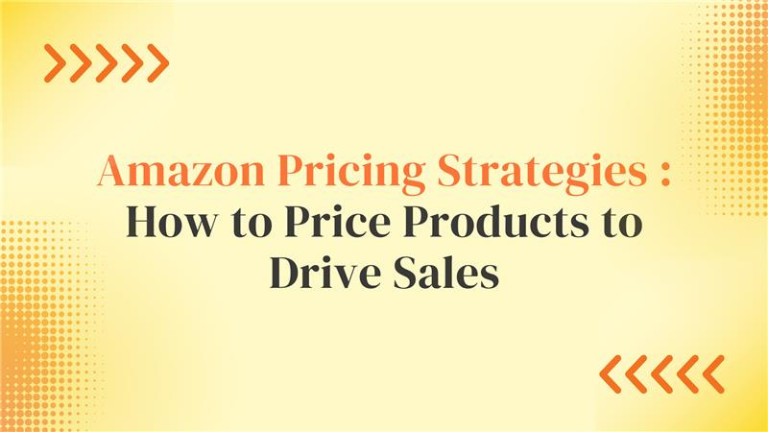Amazon’s recent return to Google Shopping ads across international markets marks a significant shift in the eCommerce advertising landscape. After a month-long hiatus, Amazon has resumed spending on Google Shopping ads, leaving U.S. markets out of the equation for now. For sellers leveraging Google Shopping as a key marketing channel, this change could have a profound impact on your strategy and overall sales. It’s crucial to understand how Amazon’s presence on Google Shopping can influence your campaigns, traffic, and the competitive landscape, especially as Amazon aims to expand its advertising reach and market share. We’ll break down why Amazon’s return matters, what you need to do as a seller, and how to optimize your Google Shopping campaigns for maximum impact. What’s Actually Changing? Amazon’s strategic return to Google Shopping ads has drawn attention from the entire eCommerce community. Until now, Amazon’s Sponsored Product (SP) ads had been confined to the company’s own ecosystem—showing up on Amazon’s search results, product detail pages, and internal placements. However, with this new move, Amazon is taking its ads off-site to reach even more customers through external platforms. Where Will Amazon’s Ads Appear? Third-party publisher websites like Pinterest and BuzzFeed Mobile apps through Amazon’s publisher network Other digital spaces where shopper intent is likely to align with Amazon products This update expands Amazon’s ad strategy beyond its traditional ecosystem, allowing sellers to gain visibility on new platforms without needing the complex setup or budget typically associated with Amazon’s Demand-Side Platform (DSP). The expansion is expected to create more opportunities for sellers who want to increase their reach and engage with potential buyers on platforms they already use. Why Is Amazon Doing This? Amazon’s shift towards off-site ads is rooted in three major goals: Maximize Reach While Maintaining Simplicity Amazon’s Demand-Side Platform (DSP) has historically allowed advertisers to access external traffic, but it came with a high barrier to entry in terms of setup and cost. By introducing Sponsored Products off-site, Amazon democratizes access to external traffic, allowing advertisers to benefit from Google Shopping ads without the complexity of DSP. Leverage First-Party Data for Smarter Targeting Amazon’s ability to target shoppers effectively comes from its vast first-party data. This data allows Amazon to show highly relevant ads to users based on their behavior—what they search for, what they browse, and what they buy. By tapping into Google’s network, Amazon can extend this targeting capability beyond its own platform, ensuring the right products reach the right customers at the right time. Solve the Inventory Crunch on Amazon’s Site Amazon’s marketplace is growing, and its real estate for ads is becoming more competitive. By expanding its Sponsored Product ads to external sites, Amazon can increase its ad inventory without congesting its own marketplace. This move could help reduce competition within Amazon’s ecosystem and provide more visibility for brands looking to advertise their products. What Does This Mean for Sellers? The expansion of Sponsored Product ads beyond Amazon’s ecosystem has both positive and negative implications for sellers. Benefits: Increased Exposure and Reach With ads now running across external sites like Pinterest and BuzzFeed, sellers have the chance to reach new audiences and extend their marketing efforts beyond Amazon. This is especially valuable for brands looking to capitalize on Google’s massive search engine reach while still leveraging Amazon’s world-class logistics. Improved Targeting Capabilities As Amazon leverages its first-party data for smarter targeting, sellers can benefit from more precise and effective ads that cater to shoppers’ intent. Whether your products are being discovered for the first time or the shopper is ready to buy, Amazon can deliver ads at just the right moment. Potential for More Competitive Bidding While Amazon is not fully opening the floodgates, its move to bring Sponsored Products off-site provides an additional layer of ad inventory that could ease the competitive pressure on Amazon’s platform. Sellers who’ve struggled to get noticed on Amazon may find better visibility through this new ad expansion. Risks and Challenges for Sellers While Amazon’s return to Google Shopping ads brings exciting opportunities, it’s not without its challenges. Conversion Rate Volatility Traffic from external sites may not convert as effectively as on-site traffic. Shoppers coming from off-Amazon sources may be earlier in their buying journey and might not be ready to purchase, leading to lower conversion rates compared to those browsing directly on Amazon. Sellers should monitor off-site ad performance closely to ensure they’re getting a strong ROI. Budget Cannibalization Off-Amazon ads could draw attention away from on-site placements, potentially resulting in budget cannibalization. Advertisers may find that their off-site ads are eating into the performance of their in-store Amazon ads, so it’s important to strike a balance between both. Lack of Full Transparency One of the key challenges with off-site ads is the lack of visibility into where exactly your ads are being placed. While Amazon provides reporting through the Sponsored Products Placement Report, sellers do not have full visibility into every site where their ads are appearing. This can make it more difficult to assess whether their ads are reaching the right audience. How Can You Make the Most of This Opportunity? Amazon’s return to Google Shopping ads presents an opportunity for sellers to expand their reach, but to make the most of this shift, sellers must stay proactive. Optimize Your Campaigns Immediately Make sure your campaigns are optimized for both on-site and off-site visibility. Review your product listings and ensure they are engaging, with high-quality images, compelling product descriptions, and relevant keywords. Use A/B testing to experiment with different bidding strategies and ad placements to maximize efficiency. Monitor Performance with Amazon’s Tools Use the Sponsored Products Placement Report to track off-site performance and identify which external platforms are delivering the most value. Monitor clicks, impressions, and sales from off-site traffic and adjust your strategy accordingly. If you find certain platforms underperforming, you may want to exclude them from your campaigns. Test New Bidding Strategies Experiment with different bidding strategies, such as increasing your bids for off-site placements or using

